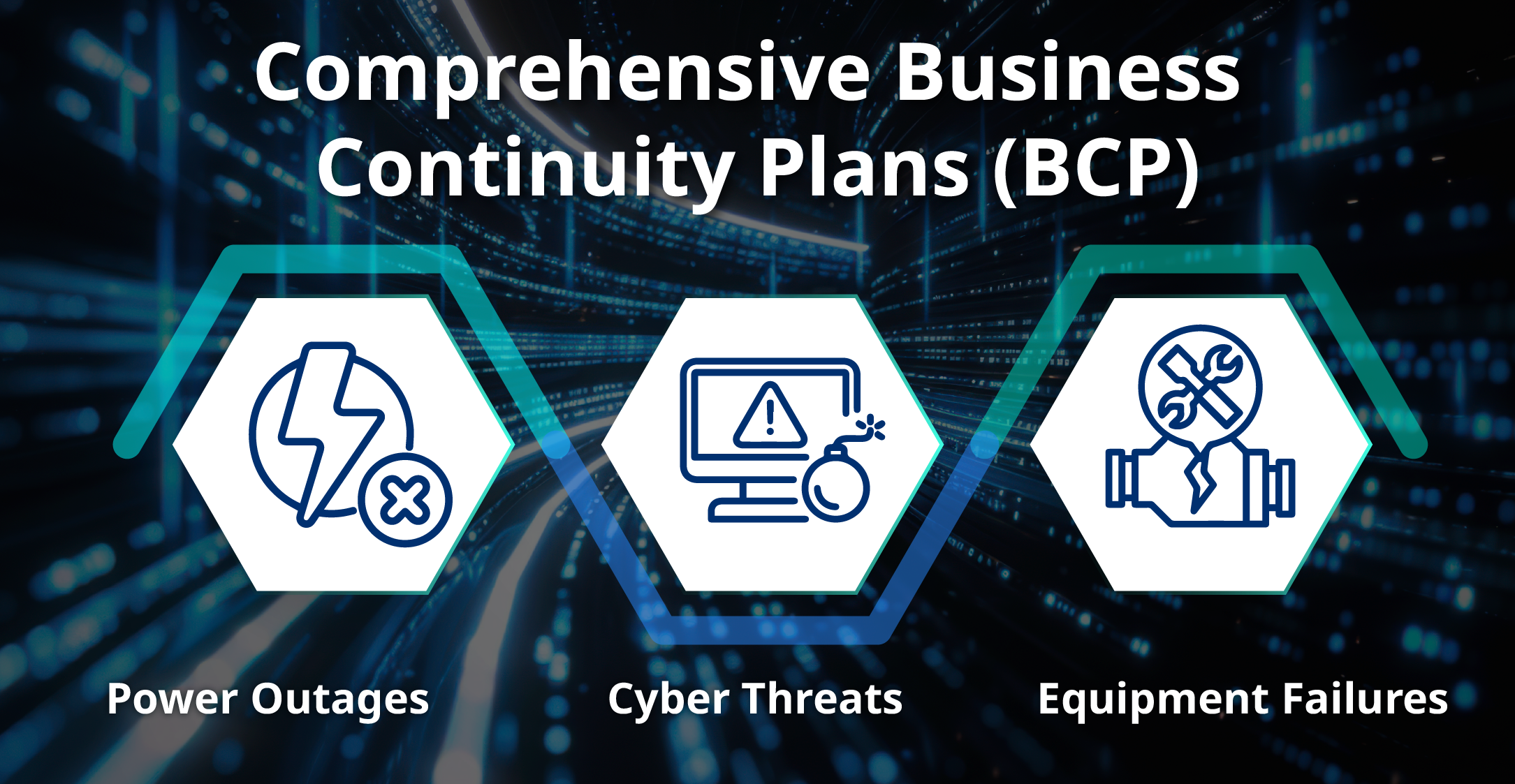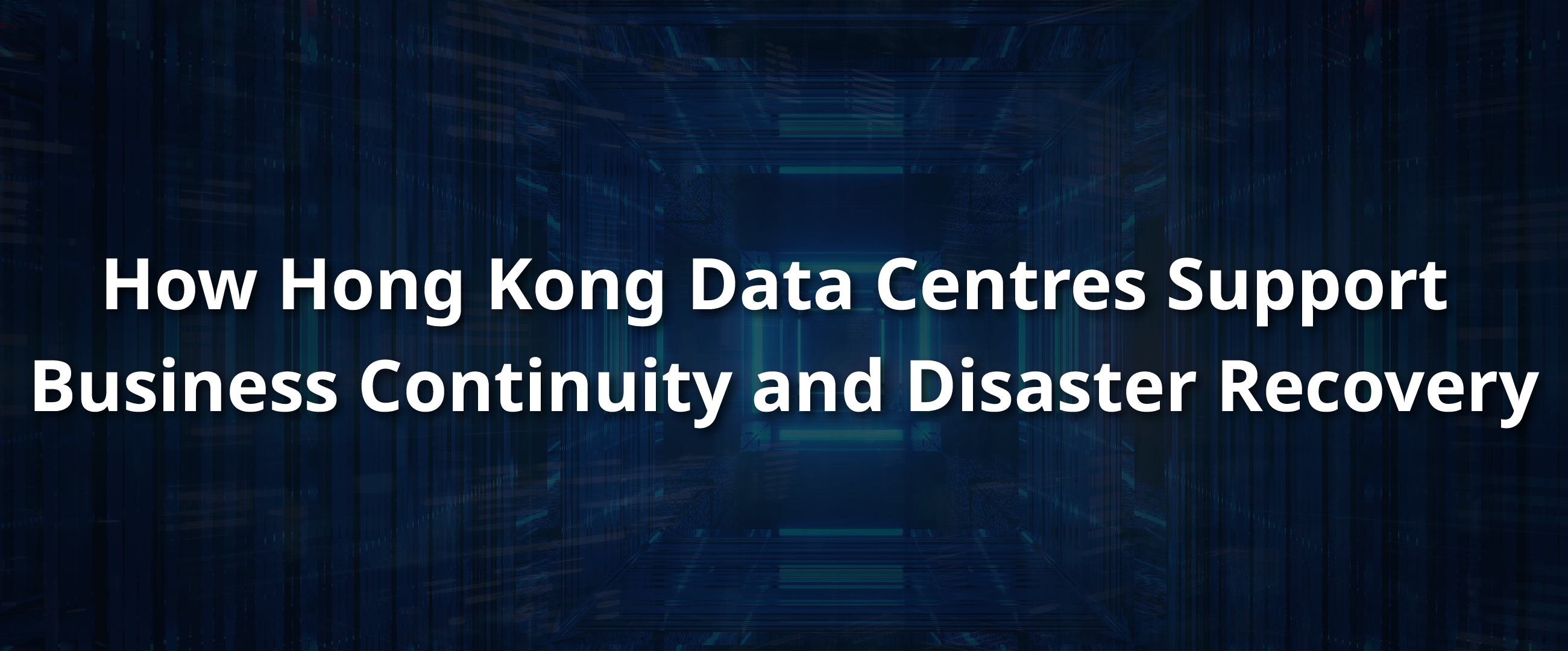In today’s fast-paced business environment, unforeseen disruptions like natural disasters, cyber-attacks, or IT failures can bring operations to a halt. For companies operating in Hong Kong, safeguarding against these risks is essential to ensure business continuity and minimize losses. This is where TraxComm plays a pivotal role.
The Role of Data Centres in Business Continuity
Business continuity is about ensuring that critical operations can continue during and after a disaster. TraxComm helps businesses achieve this by providing a stable, secure environment for critical data and applications. This involves redundant infrastructure, secure backup systems, and real-time monitoring to prevent downtime.
TraxComm implements comprehensive Business Continuity Plans (BCP) that address a wide range of potential risks, including power outages, cyber threats, and equipment failures. These plans help businesses quickly recover and restore operations with minimal impact on productivity.
 Disaster Recovery: The Critical Component
Disaster Recovery: The Critical Component
While business continuity focuses on maintaining operations, disaster recovery (DR) is about restoring IT systems after a disruption. TraxComm offers advanced disaster recovery strategies that include regular backups, offsite data storage, and rapid system restoration. In Hong Kong, these facilities are designed to withstand various disruptions, ensuring that critical systems are back online as quickly as possible.
One of the key elements in disaster recovery is minimizing downtime and data loss. TraxComm achieves this by using technologies like cloud-based replication, warm standby systems, and near-zero Recovery Point Objectives (RPO). These measures ensure that businesses can resume normal operations with minimal delay, reducing the financial and reputational damage associated with downtime.
Ensuring Regulatory Compliance
For businesses in sectors like finance or healthcare, compliance with strict data protection regulations is essential. TraxComm helps companies meet these regulatory requirements by providing secure environments that comply with industry standards. This includes disaster recovery planning, data encryption, and secure data management protocols
Conclusion
TraxComm is vital to supporting business continuity and disaster recovery. By leveraging advanced infrastructure, robust disaster recovery plans, and compliance with regulations, these centres provide businesses with the tools they need to weather any storm and ensure long-term operational resilience.
